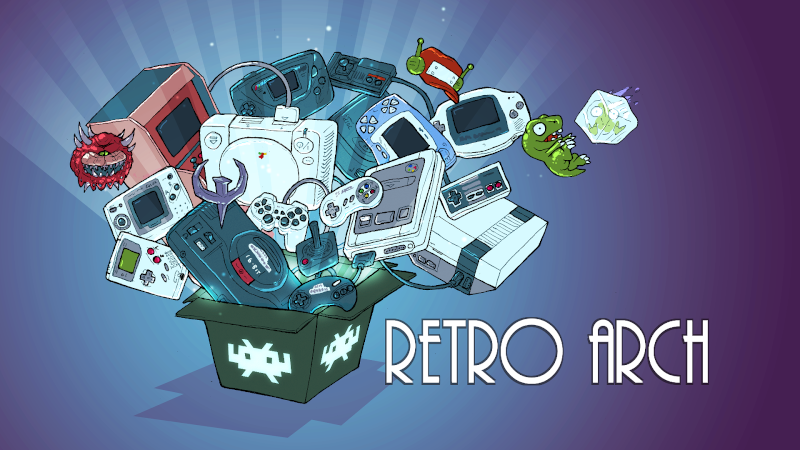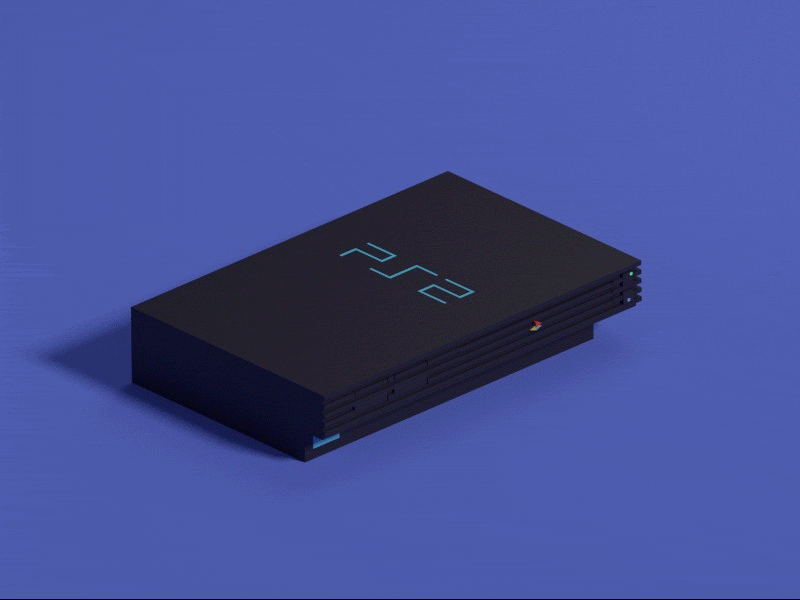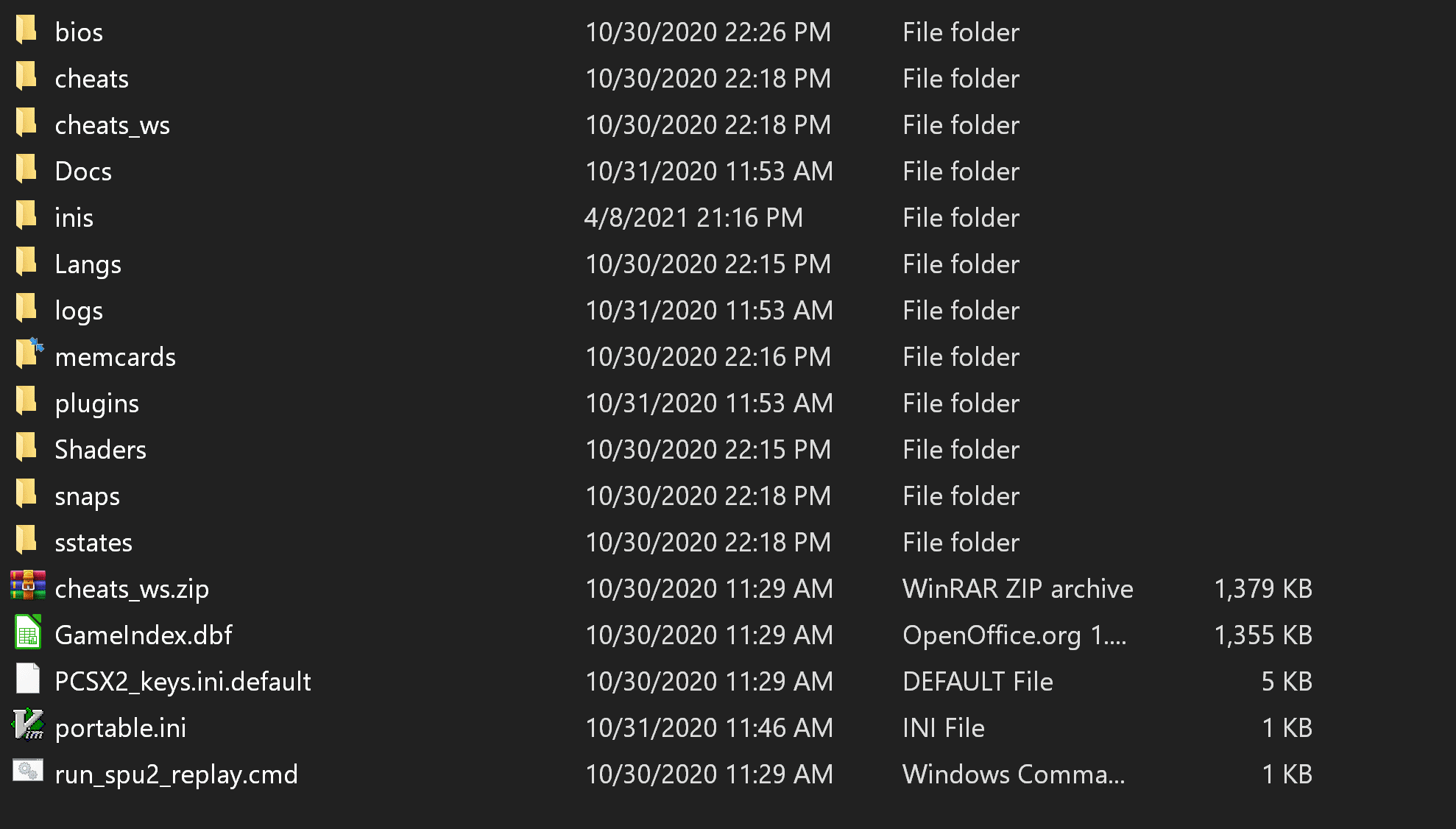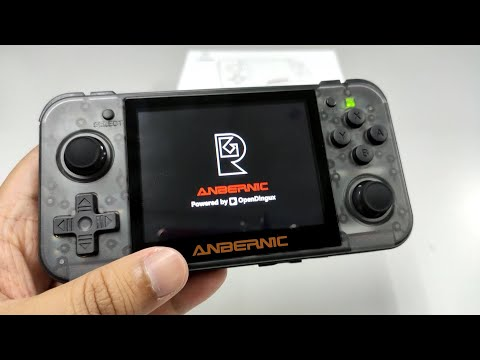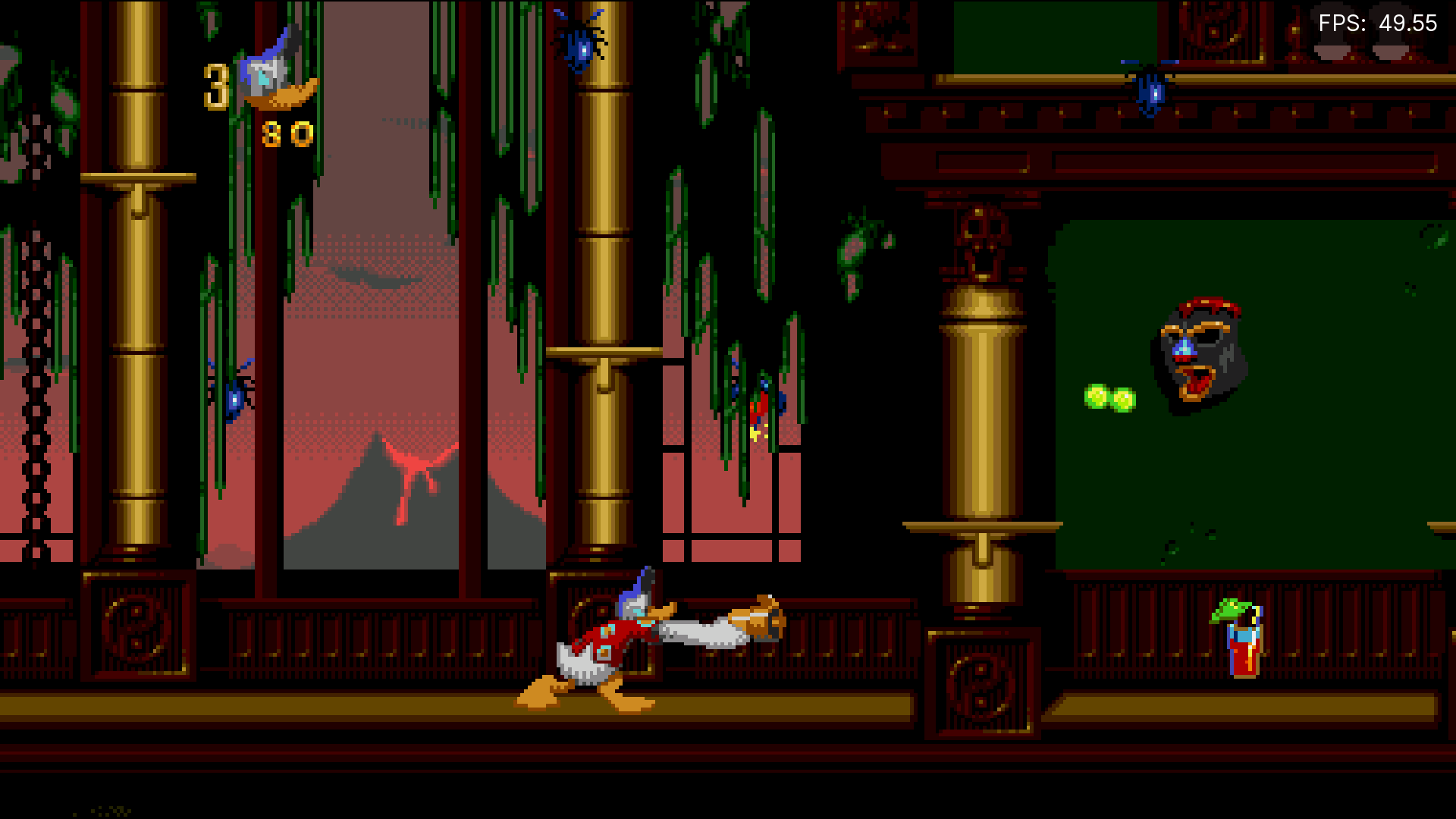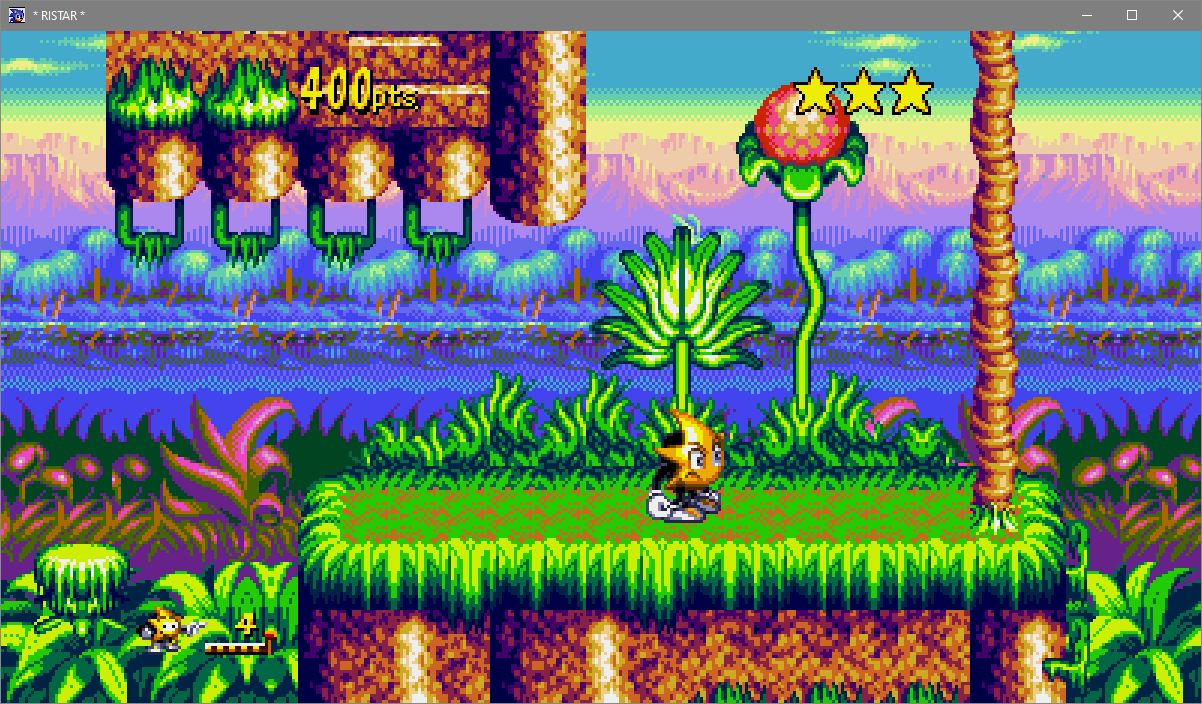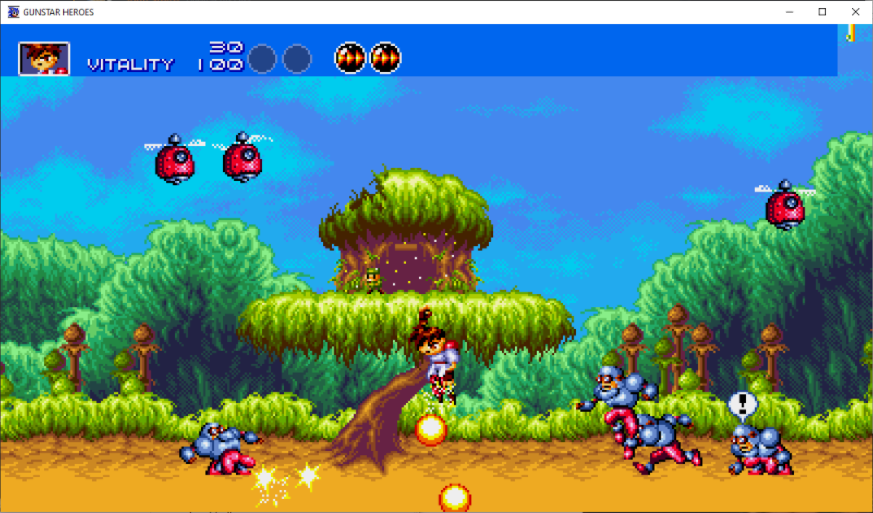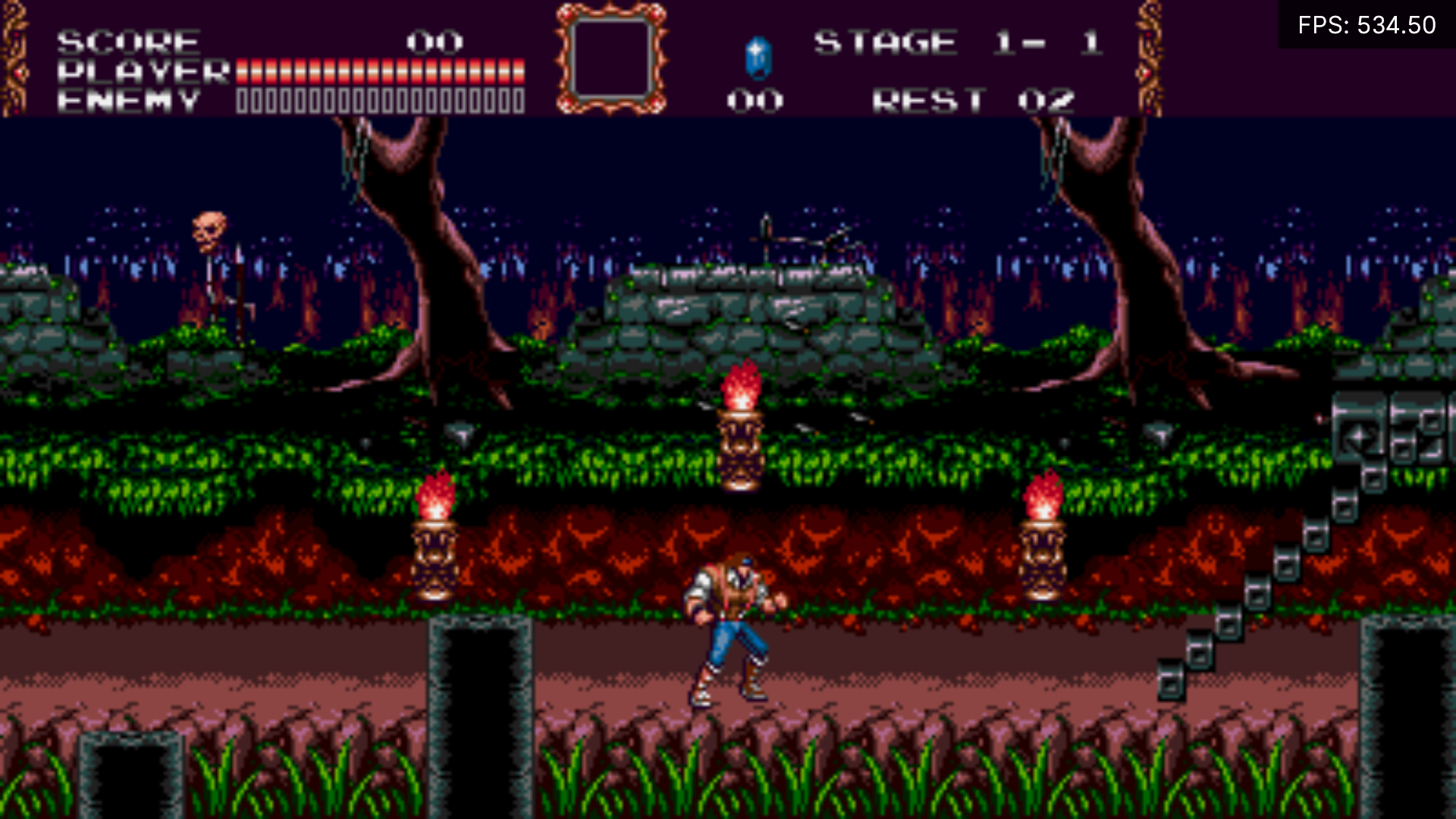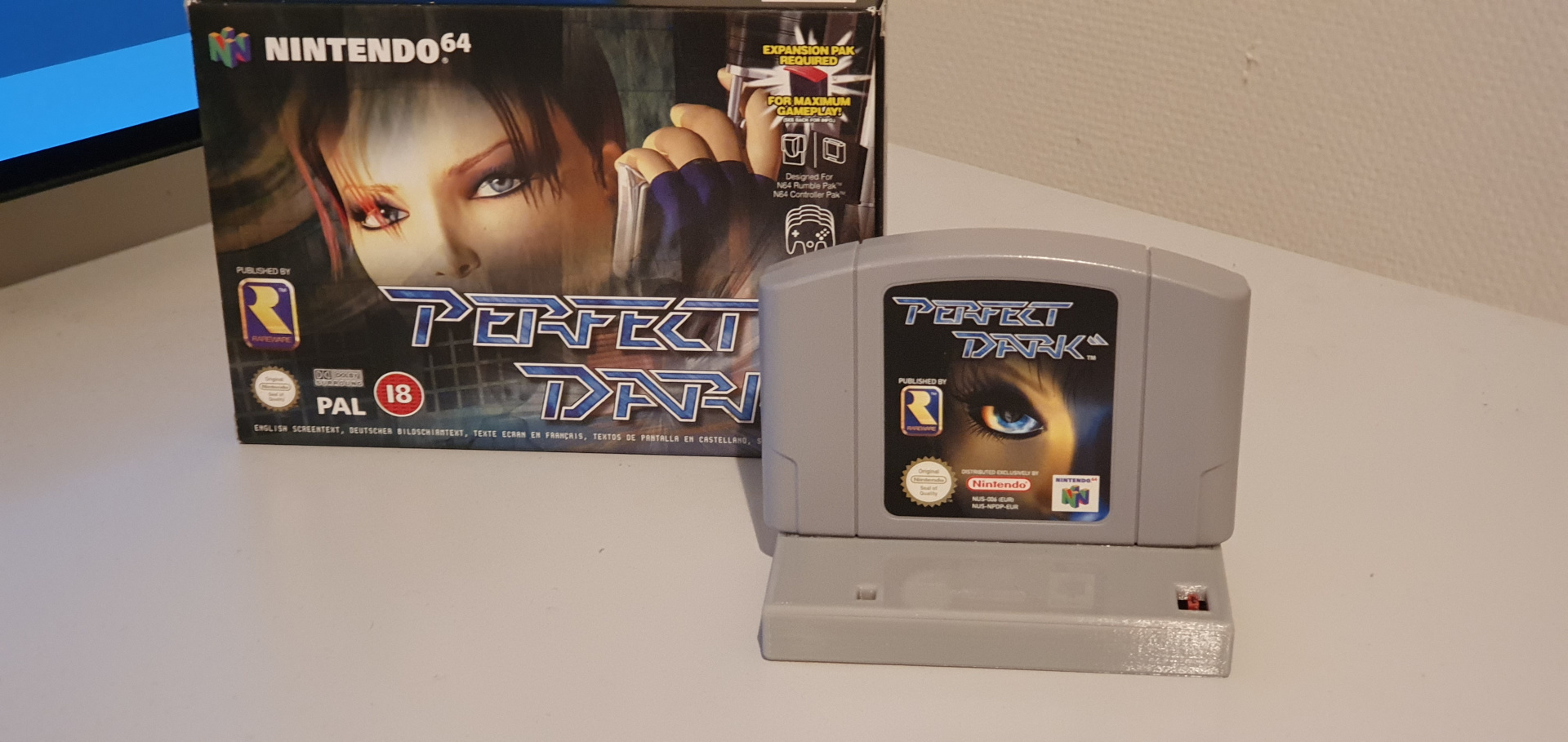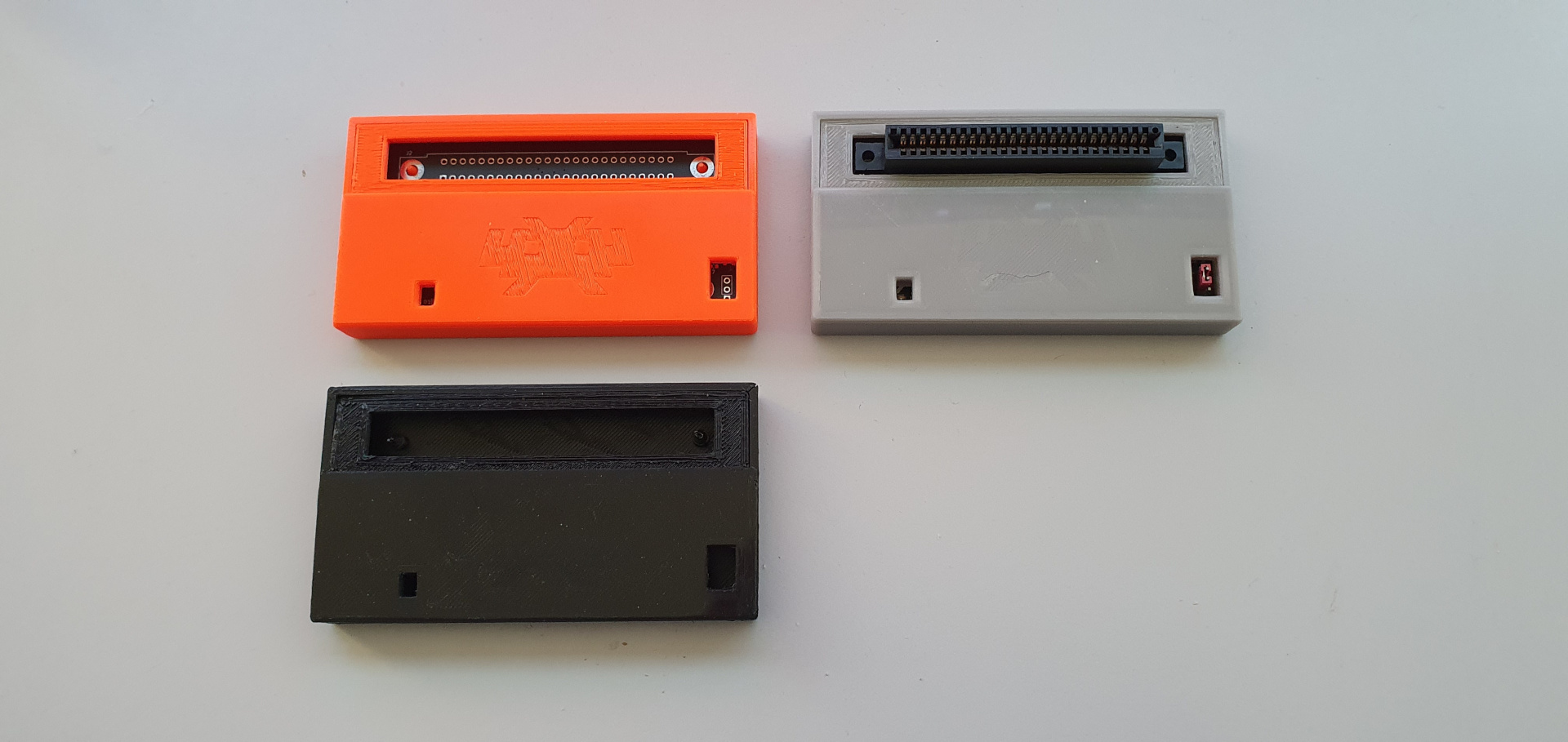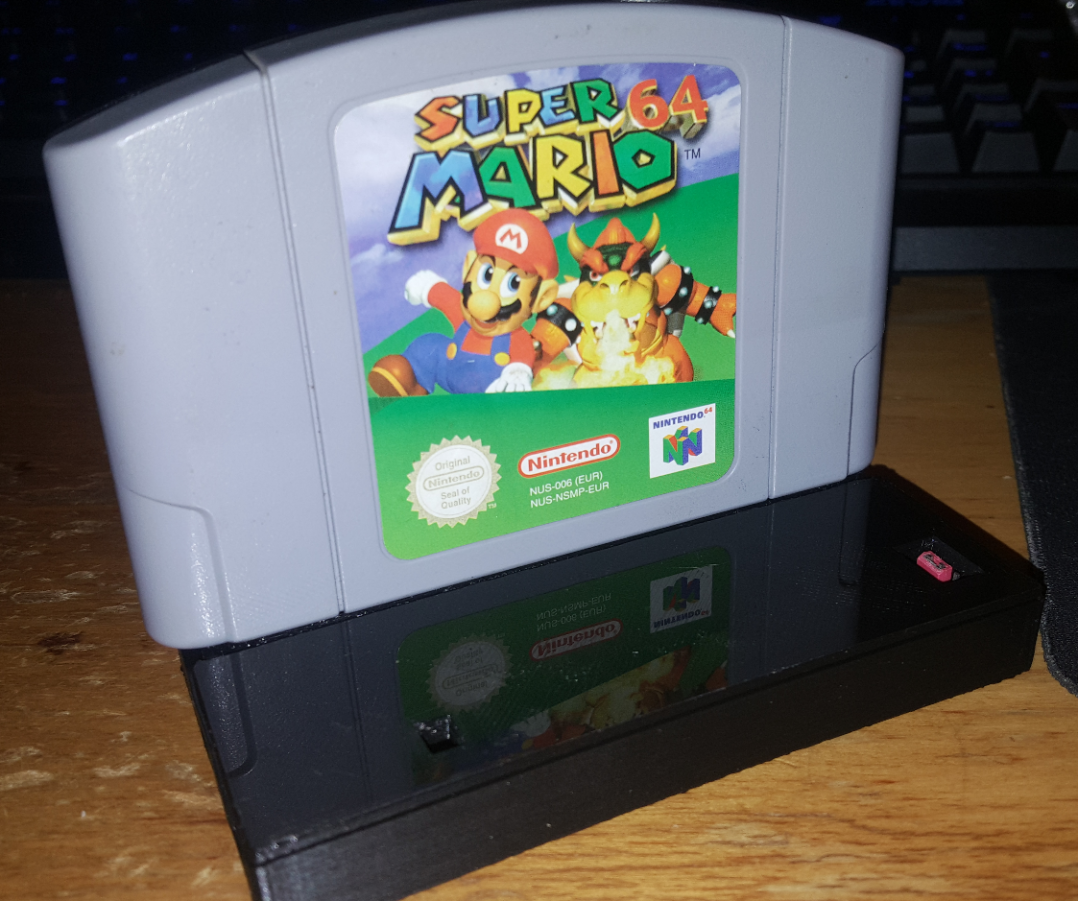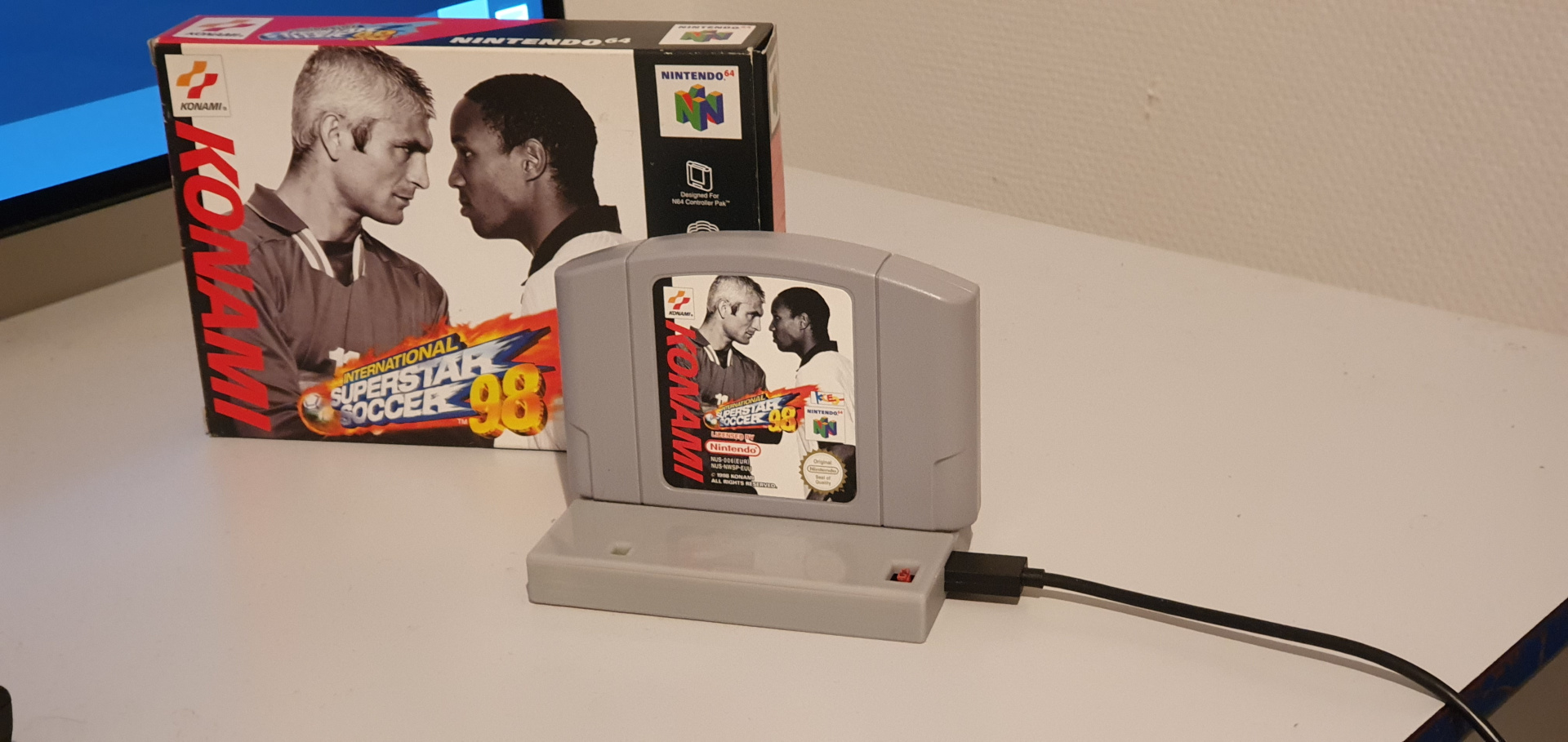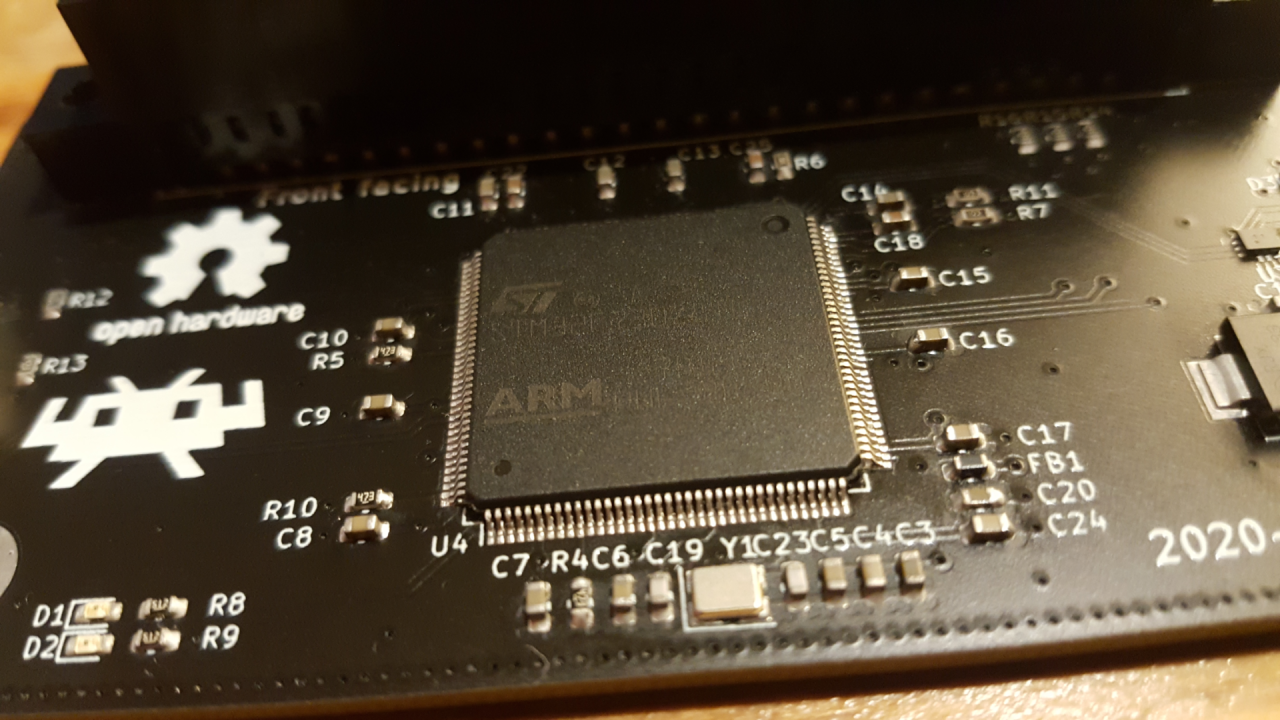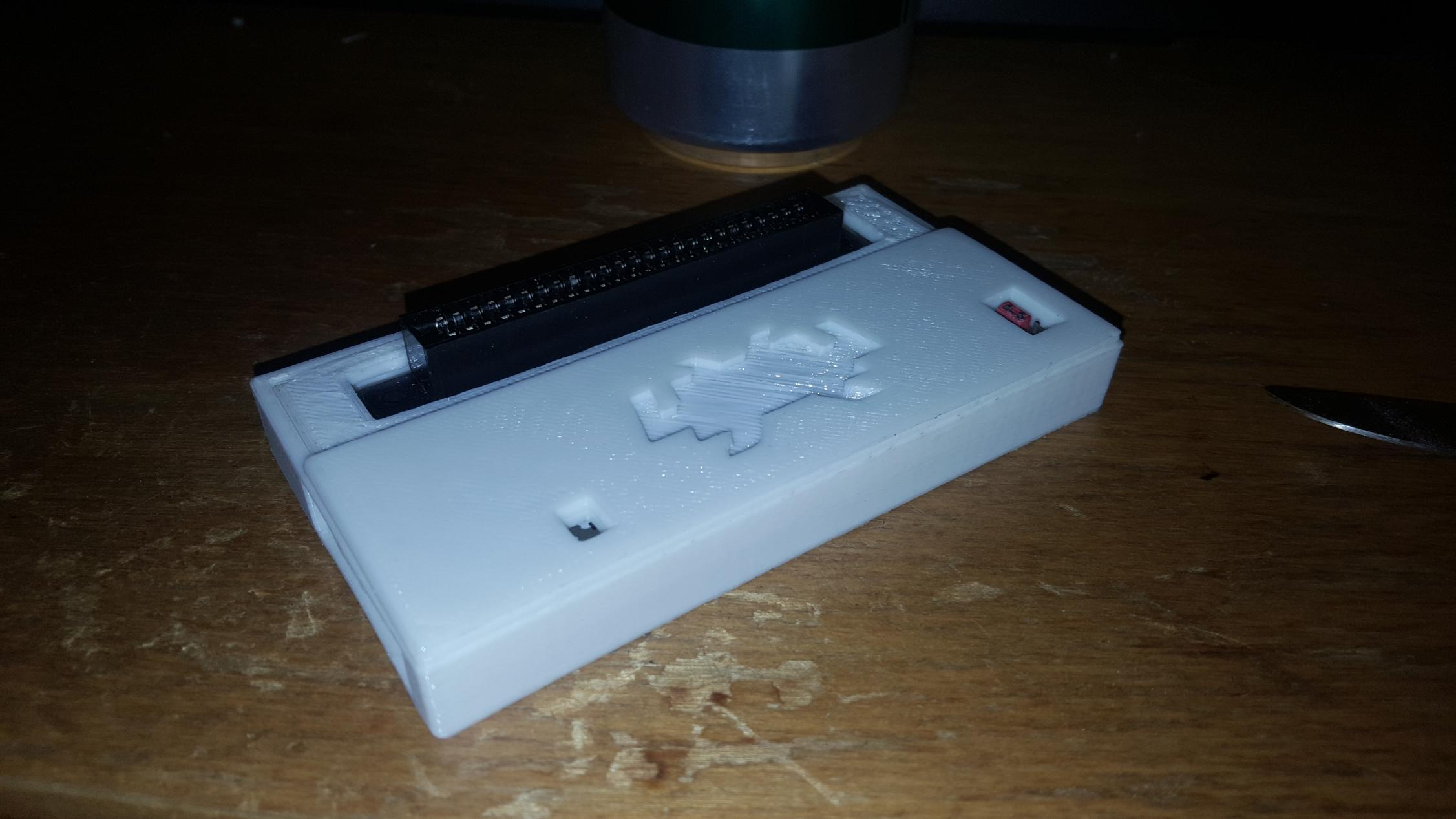
May 4, 2021
RetroArch - Gadsby
Improvements to the Libretro port
Some features that were left over from standalone until now got implemented in the Libretro port:
- LowPass Filter : It’s available from the core options, I know something similar is available from RetroArch’s DSP plugins but you might want to check out this one too. Technically it’s a 2x resonant lowpass filter which is set-up to mimic the amp section found on most PCB’s. For a good 95% of games, it makes the sound a bit more rich/bassy, and for the remaining 5% let us know so that we can fix them. You’ll probably never want to turn this option off after getting used to how nice it sounds.
- Cheats : They have been supported through the Libretro API for some time, but now you can also directly use a cheat.dat from MAME, more information about this here.
- Macros : First, some words about macros, the reason macros from standalone aren’t supported is because there can be dozens of them for a single player on a single game, however you currently can’t map that many actions with the Libretro API (and this is not only a problem for macros, handling service menu when it involves several buttons can be tricky too) because all inputs need to be assigned to a button from the get go. In the past, there was some workaround for this through core options, but it had its own share of issues so it was removed later. I recently decided to re-implement support for a select few macros, for now it only includes 3xPunchs and 3xKicks on SF-like games but implementing a few more could be done if I can get some help sorting out the ones that’ll be the most useful so that they’ll fit within the RetroPad model.
Read full update notes here.
Available cores updated to latest version
- PCSX ReArmed
- Genesis Plus GX
- Genesis Plus GX Wide
- mGBA Stealla
- Kronos
- Mupen64Plus Next
- Mesen
- Mesen S
- Sameboy





